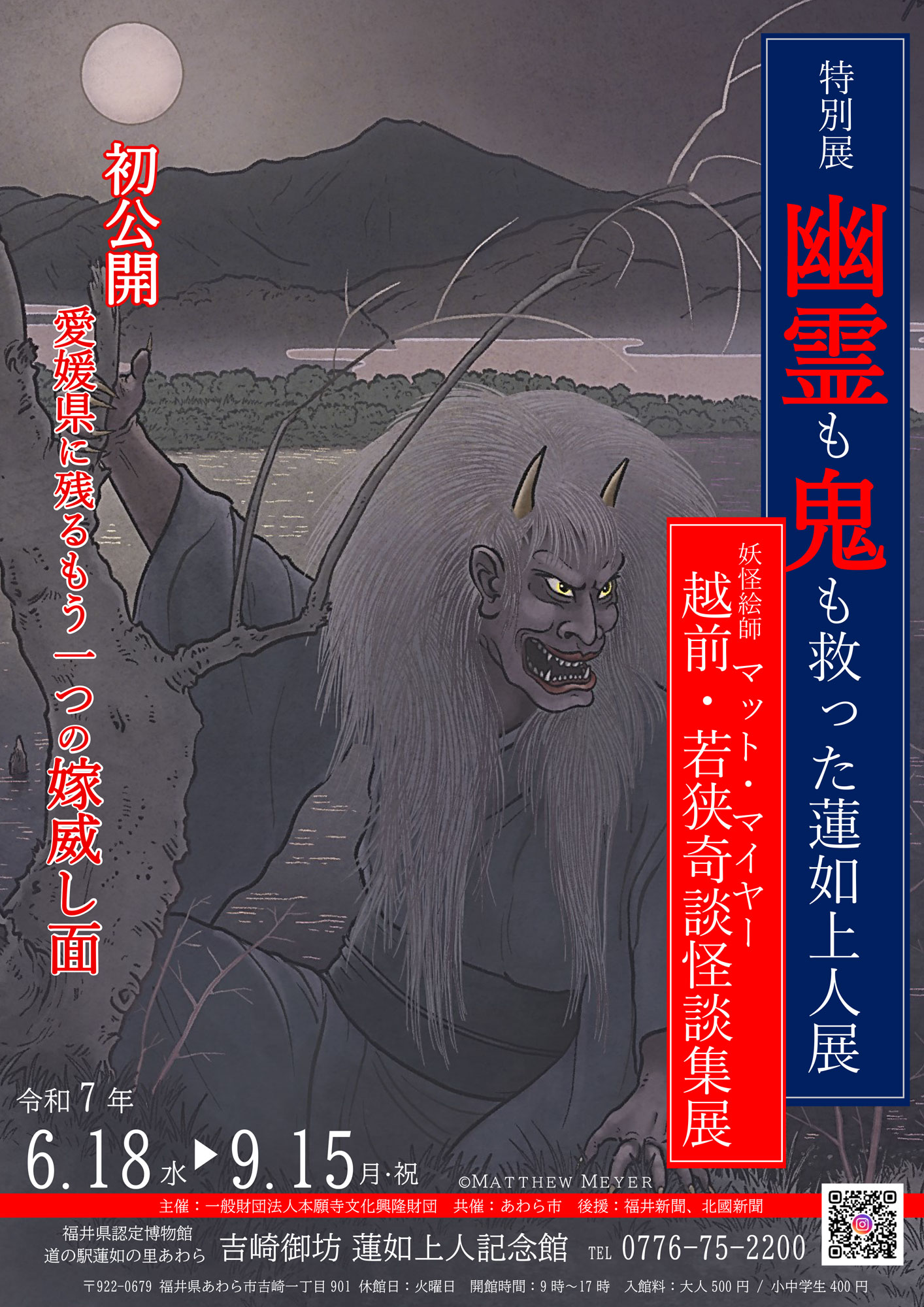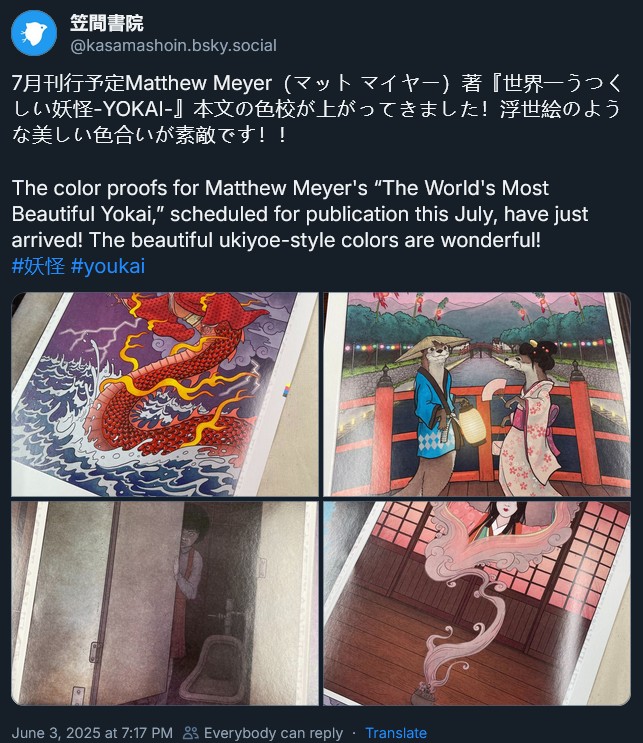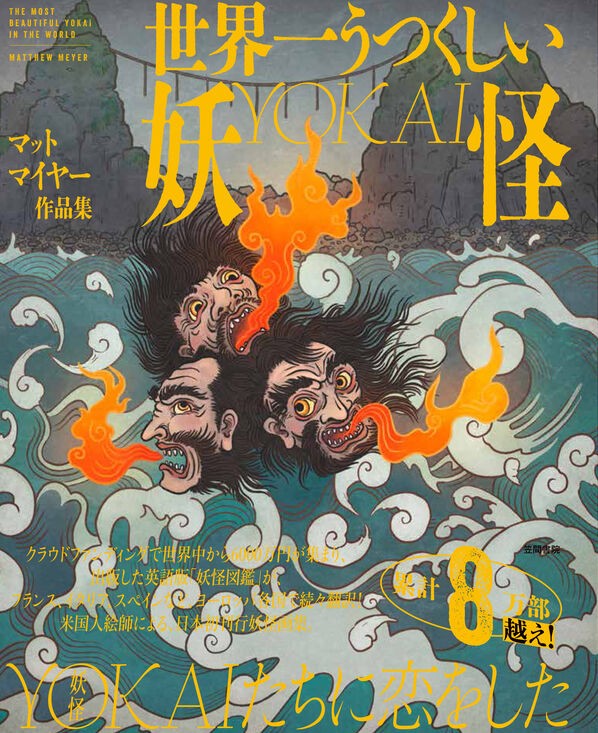Tonight’s story is wonderfully silly. And the yokai in this story is a rare one! Instead of a tanuki, yūrei, or a daija, as this book is fond of, we have something like a kodama. To be more specific, this is the spirit of an enoki mushroom, which for some reason or another, has decided to play pranks on humans. Wonderful! Everything about this story, from the evil mushroom, to the ridiculous actor, to the way the mushroom is defeated, is just silly. I love it.
How Mankichi Tayū Became a Bakemono’s Master
In Kamitachiuri, Kyōto there was a sarugaku master named Mankichi Tayū. His noh acting was poor, and when his money ran out he decided to head to Ōsaka. On the way, he stopped to relax and drink tea at a roadside teahouse in Hirakata. It was almost dusk, so he said to the teahouse owner, “I would like to stay here for one night.”
The teahouse owner replied, “That is no problem, except that there is a bakemono who comes here every night and takes people. So we won’t be here at night.”
Mankichi replied, “Even so, I don’t mind.” And he spent that night at the roadside teahouse.
At around midnight, sure enough, he heard the sound of someone crossing the river from the other side. When he looked, he saw a rich monk standing over two meters tall. Mankichi called out to the monk:
“No, no, that kind of transformation is no good. You’re still a novice.”
The monk replied, “What kind of person are you to speak in such a way?”
Mankichi said, “I am a bakemono from the capital, and I heard that a bakemono lives around here, so I came to meet him and see how skilled he is. If he is skilled, I thought I would take him as my master, and if he is unskilled, I thought I would take him as an apprentice. That’s why I’m staying at this teahouse.”
The monk said, “In that case, show me your transformation skills.”
“Very well,” said Mankichi. And he took his noh costumes out of his pack and dressed himself up as an oni.
The monk was impressed and said, “Well now, you’re very good! Next, turn into a woman.”
“Very well,” said Mankichi. And he turned himself into a woman.
The monk replied, “I am amazed at how skilled you are! I would like to ask you to become my master from now on. I am a mushroom who lives under a hackberry tree across the river. I’ve been living here and bothering the people nearby for several years.”
Mankichi asked, “What is your least favorite thing?”
“I can’t stand soup made from miso that has been fermented for three years,” replied the monk. “And what is your least favorite thing?”
Mankichi answered, “I can’t stand freshly caught and cooked sea bream. If I eat it, I will just die right away!”
As they spoke, the dawn was beginning to break. The monk said farewell and went back across the river.
Mankichi dayū told all of the people of Hirakata and Takatsuki about his meeting with the bakemono and their conversation. Then they all gathered together and boiled some miso that had been fermenting for three years. When they poured it on the mushroom underneath the hackberry tree, it immediately shriveled up and disappeared. The bakemono was never seen after that.






































